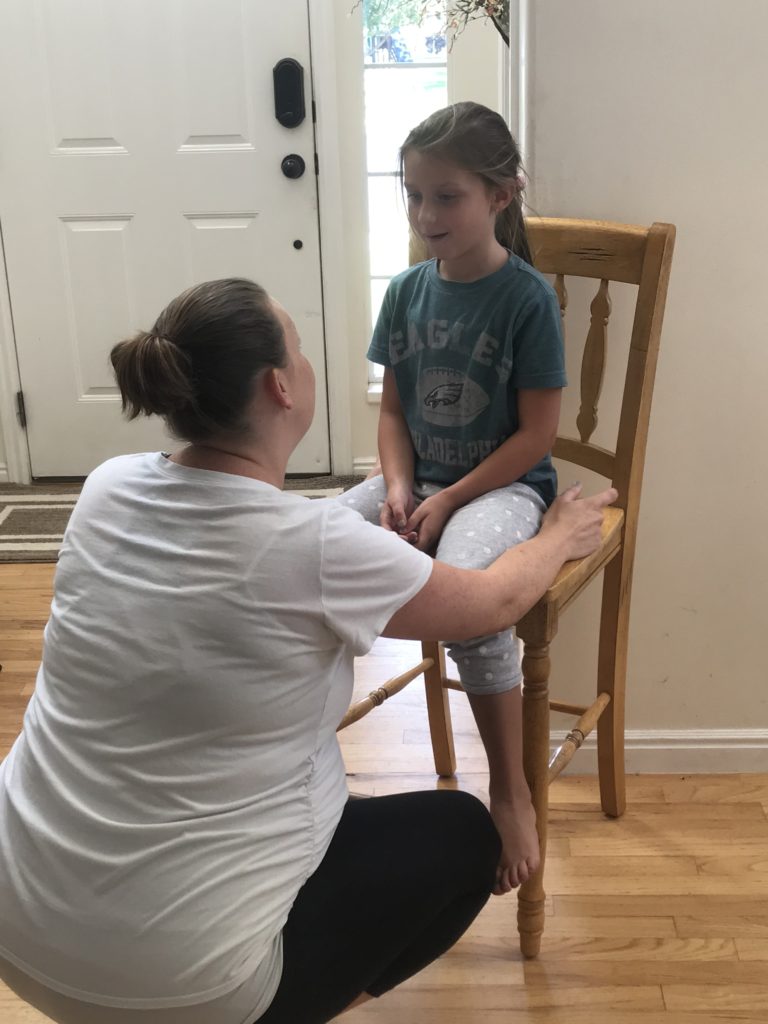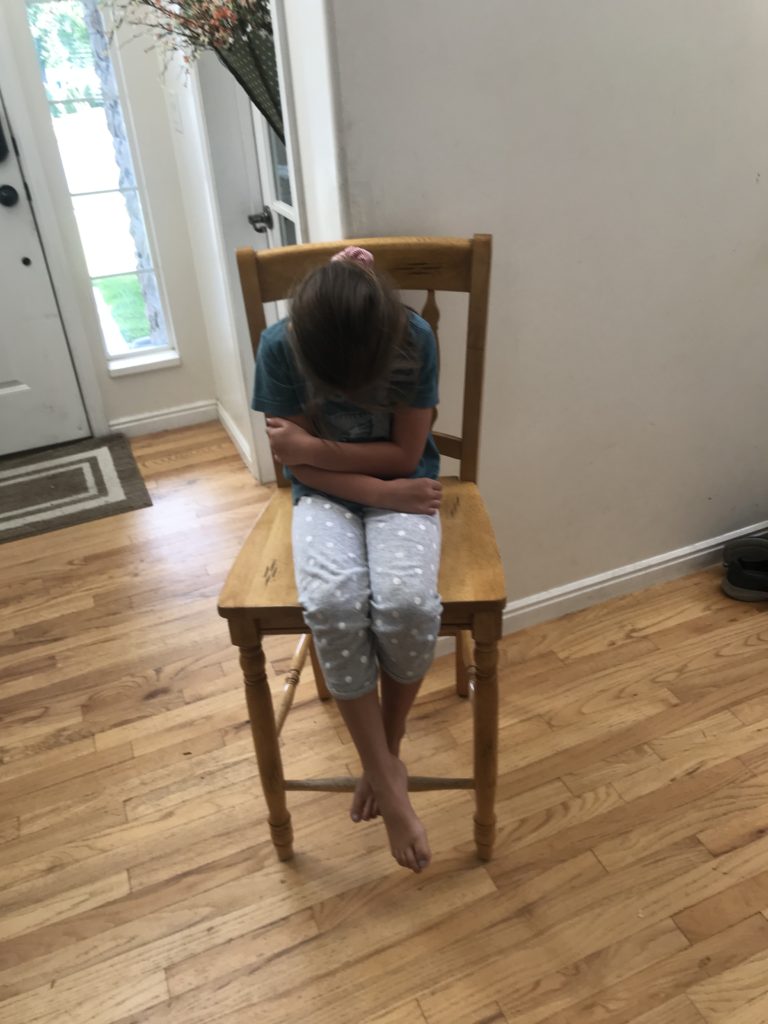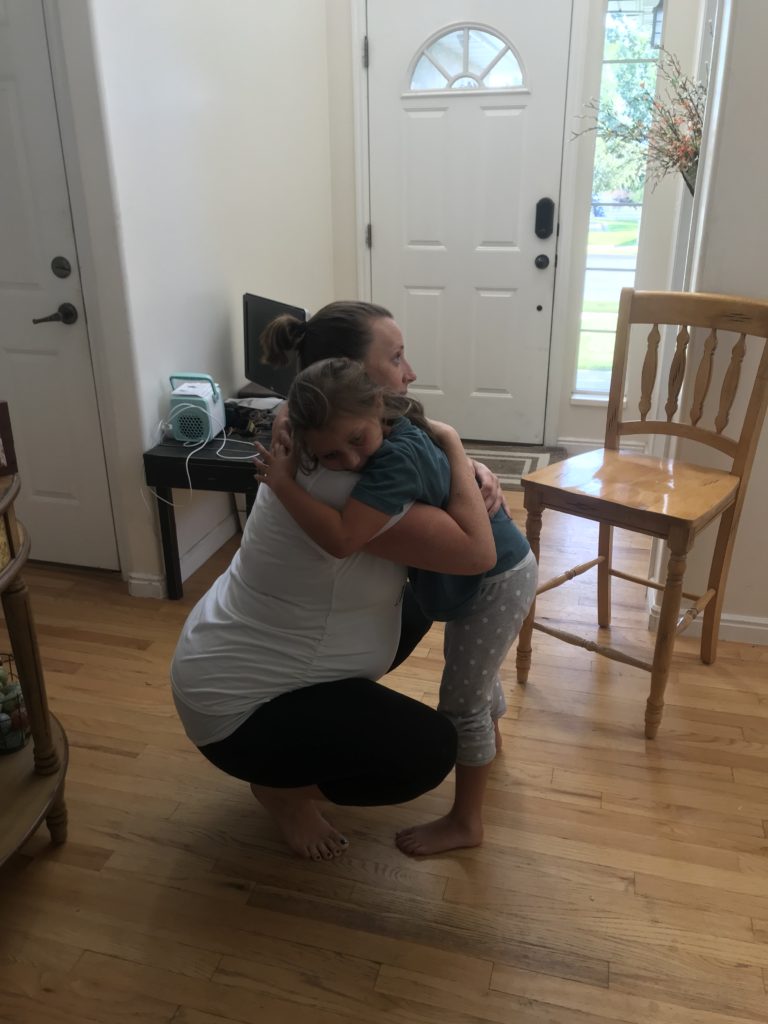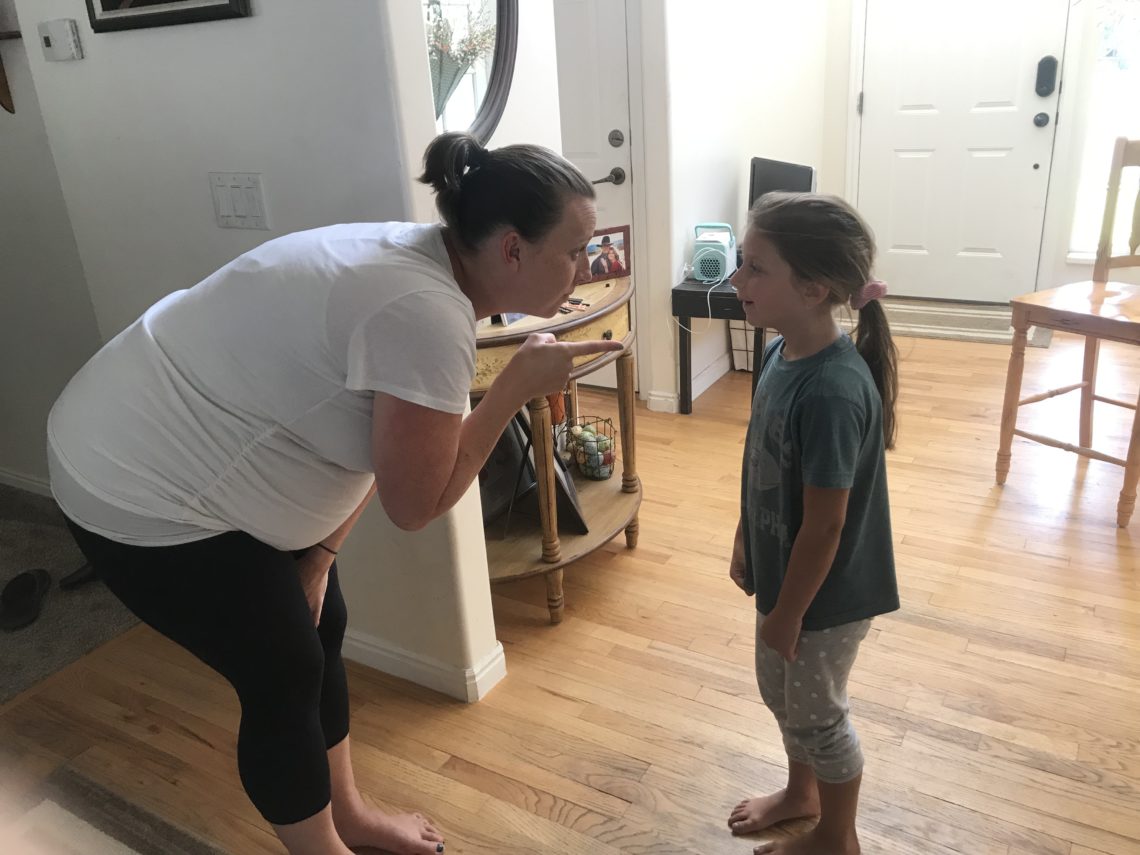This is a guest post by Tamara Cater. Please see her bio at the bottom.
You may be at a point of frustration if you are reading this article and even ready to pull out your hair! You may feel like you tried everything, and you want to put an end to your child’s problematic behavior. In addition, you may be worried that this behavior will affect how your child will fare in school and if they will be successful. Rest assured, you can take control back. It will take persistence and consistency. However, if it turns out that nothing is working even after implementing these tips, consider seeing a professional that can help you better manage the problematic behavior.
Why is the Problematic Behavior Occurring?
1. Inconsistency in applying consequences. It can be confusing for children if you sometimes give a consequence and sometimes you don’t for the same behavior. Consistency is key when it comes to managing behavior!
2.Your child wants attention. According to momjunction.com, your child may feel unloved or lack confidence.
3.Your child is facing a challenging situation. This could be a number of things such as changes in routine or lack of friends/playmates.
4.Your child could also be ill. This could involve a physical illness or emotional problem. Emotional problems can include depression, anxiety, or even unhealed trauma.
In considering why the behavior is occurring, this may also help you come up with a solution. For example, if your child is facing a challenging situation, you can help problem solve the situation. If it’s a lack of friends, for instance, discuss with your child how best to make friends. Or if your child needs more attention, consider spending more time with your child. This could involve playing with your child more or taking them on special outings (such as getting ice-cream together or going to see a movie).
Tips for Managing Problematic Behavior
1.Start with a family meeting. It’s important to start by communicating your expectations for behaviors that are appropriate and those that are inappropriate. Be clear about what kinds of behaviors you want to see, and when you do communicate this, use action words. If your child is angry and this is why they are talking back, then suggest that you would like to see them go to their room and engaging in deep breathing in order to calm down.
When you have this family meeting, also discuss what consequences will occur if the behavior

still occurs. For example, if your child hits you, then what will happen? Will they lose the opportunity to watch cartoons for a certain period of time? Will they immediately go to time-out? This is something to also clearly communicate to your child.
2.Before addressing any misbehavior, ensure that you are calm.
If you are not calm or if you are yelling,
you’re a modeling that this is how to handle conflict or stress. Take a few minutes to yourself before coming back to the situation.
3.Use Time-Out, but use it appropriately. When using time out, use it for problematic behaviors such as aggression. Do not use it for distress reactions such as crying. Also, use this time to

help teach your child appropriate behaviors. For example, if your child is in time out for throwing toys out of anger, teach them some other behavior to replace it. They could say, “I’m angry” and then be taught to just clench their fists, take deep breaths, or hit a pillow.
Also, when using time-out, ensure that you convey to your child that they are still loved and valued. That is, don’t isolate them or express rejection by yelling at them.
When using time-out, ensure that you are letting your child have an active role in how the time out unfolds. For instance, if your child is able to regulate their behaviors and emotions while in time-out (they are sitting calmly), this would be the time to let them leave time out.
If your child refuses to stay in time-out, take a privilege away. My daughter loves her cartoons, so if she won’t stay in time-out, they go off. And this works!
4.Use logical consequences. For instance, if your child intentionally throws all of her toys on the floor out of anger, get her to clean them out and put them away. As another example, if your child draws on the walls, get him or her to clean it up.
5.Also offer praise. For example, if one problematic behavior is that your child doesn’t listen and then you catch them listening, offer praise. Say, “I’m proud of you for listening the first time when I asked you to clean up your toys.” Also, be sure to praise effort. If your child tries to control their behavior or complete their homework, praise them for that. In one of my blog posts, I discuss how praising achievements as well as effort, is important to the development of self-esteem and confidence.
6.Reward good behavior. You could potentially use a sticker chart in order to reward desired behaviors. Check out post for great tips on how to create a sticker chart.
7.Offer lots of positive attention. Give hugs and tell your child that you love them. Be present with your child. For instance, if your child is talking to you, be sure there are no distractions (I’m guilty of being on my phone all the time, so I need to put that down when my child is talking to me).

8.Avoid physical punishment such as spanking. A lot of research shows that spanking doesn’t effectively modify behavior. In one post I talk about the reasons why it’s ineffective.

Final Thoughts on Handling Misbehavior
When you do start to work on modifying misbehavior, it’s important to communicate to your child what you expect and what the consequences are for misbehavior. Consistency in applying consequences is one of the biggest keys to managing behavior. If there is no follow through with your consequence or if it only happens occasionally, then this will confuse your child. When misbehavior happens, consider using time-out. When the time-out is over, talk with your child about some alternative behaviors that can replace that inappropriate behavior. Discipline is about teaching your child, rather than punishing behaviors. So, it’s important to help your child learn which behaviors are acceptable and which are not. I know this may be a frustrating time for you, but you can do this mama!
by: Tamra Cater
Author Bio:
Tamra Cater is a mother of a 3-year-old daughter and wife to a football coach. She is a professor that teaches a lot of developmental psychology classes and loves sharing her knowledge of child development with others! You can find her blog at http://www.nurturingtamra.com.
Her social media links are here:
Facebook: https://www.facebook.com/nurturingTamra/?modal=admin_todo_tour
Pinterest: http://www.pinterest.com/tamracater
Instagram: http://www.instagram.com/nurturingtamra
Twitter: https://twitter.com/nurturingtamra






